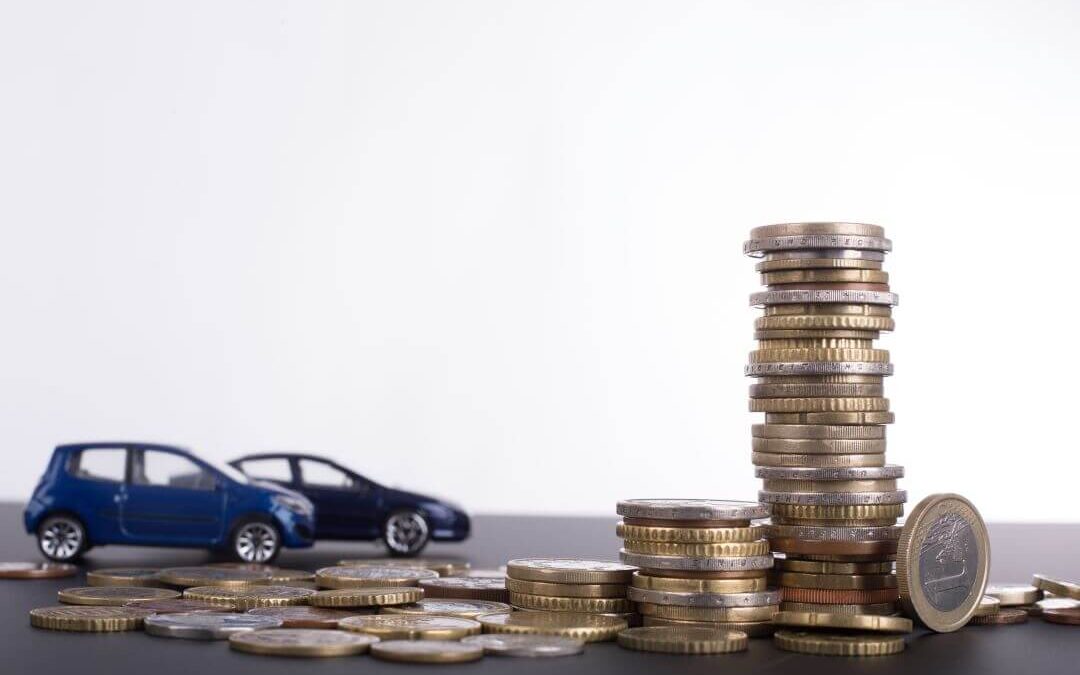Filing for Chapter 13 bankruptcy can have significant implications for individuals with active car leases. Chapter 13 bankruptcy offers a structured way to manage debts, but understanding how it impacts your car lease is crucial. This blog post will guide you through the essentials, providing insights into legal considerations and practical advice for those considering this option.
Overview of Chapter 13 Bankruptcy
Chapter 13 bankruptcy, often referred to as a “wage earner’s plan,” allows individuals with a regular income to develop a plan to repay all or part of their debts. Unlike Chapter 7 bankruptcy, which involves liquidating assets to pay creditors, Chapter 13 focuses on reorganization. Debtors propose a repayment plan spanning three to five years, allowing them to catch up on overdue payments while retaining their property.
Key Differences from Other Bankruptcy Types
- Asset Retention: Chapter 13 enables debtors to keep their assets, including homes and cars, which might otherwise be subject to sale under Chapter 7.
- Debt Repayment: Instead of discharging debts, Chapter 13 restructures them, making it easier for individuals to manage their financial obligations over time.
The Bankruptcy Trustee’s Impact on Car Leases
In a Chapter 13 bankruptcy filing, the court-appointed trustee who oversees your case plays a key role in deciding what happens to your car lease. This decision, to either assume or reject the lease, must be made before your Chapter 13 plan gets court approval.
If the trustee assumes the lease, they become the lessee, taking over your contract obligations. This keeps the lease going as originally planned. Trustees rarely pick this option for car leases. They try to avoid the ongoing responsibilities and possible problems that come with managing a lease.
More often, the trustee will reject the lease. This leaves you to make the final decision about the car. You then have two options to think about: giving the car back to the lessor or keeping up with the lease.
Returning the Vehicle to the Leasing Company
When you decide to end your car lease in Chapter 13 bankruptcy, you’re stopping the lease agreement and giving the car back to the leasing company. This choice can help in some cases, but it also has things to think about.
Benefits of Giving Back the Car
- Stopping Lease Payments: By ending the lease, you don’t have to make more payments, which can help your money situation right away during bankruptcy.
- Reducing Fees and Charges: If you went over the mileage limit or damaged the car, those costs become part of your unsecured debts, possibly lowering the total you need to pay back.
Drawbacks of Giving Back the Car
- No Car to Use: Returning the car means you won’t have it anymore, which can be hard if you need it for work, errands, or other important things.
- Hard to Get Another Car: During Chapter 13 bankruptcy, you need the court to say it’s okay before you can buy or lease another car, which can take more time and be more complicated.
Keeping Your Car Lease During Chapter 13
You might decide to keep your car lease and continue paying monthly through your Chapter 13 plan. This choice lets you use the car, but it also has benefits and drawbacks to consider.
Benefits of Keeping the Lease
- Still Having Your Car: Keeping the lease means you can use the car for your daily needs, avoiding the hassle of losing your ride.
- No Need for Court OK: Since you’re keeping your current lease, you won’t have to ask the court to approve getting a new car.
Drawbacks of Keeping the Lease
- Ongoing Lease Rules: The lease terms, including possible fees for damage or extra miles, will still apply. You’ll need to follow these rules for the whole lease.
- Lease Timing Issues: Your Chapter 13 plan might last up to 5 years, but your car lease could end sooner. This might mean you have to return the car or ask the court to let you buy it or another car.
Handling Lease Payment Arrears
If you’re late on car lease payments when filing for Chapter 13 bankruptcy, you can still choose to either terminate the lease or keep it, but the way you deal with the missed payments varies slightly.
Rejecting the Lease with Arrears
You are relieved of any further lease payment obligations by declining the lease and returning the car. Despite this, the lessor can still submit a claim to the bankruptcy court to recoup any outstanding payments, excess mileage fees, or car damages. These debts will be added to your unsecured debt and dealt with in your Chapter 13 repayment plan.
Continuing the Lease with Arrears
If you choose to keep the car lease, you must make up the missed payments through your Chapter 13 plan. As per bankruptcy law, the bankruptcy trustee will handle the ongoing lease payments to the lessor, and any overdue payments must be resolved within a relatively short period, typically 3 to 6 months.
Getting Help Filing Chapter 13 Bankruptcy
Chapter 13 bankruptcy can affect your car lease, bringing both obstacles and possibilities. Hiring a skilled bankruptcy lawyer can greatly influence your case’s outcome. They can clarify your rights and duties, assess your car lease options, and represent you effectively in court.
If you’re struggling financially and thinking about Chapter 13 bankruptcy, reach out to Brock & Stout for tailored legal guidance. Our expert bankruptcy attorneys can assist you in understanding bankruptcy complexities and creating a strategy that fits your specific financial situation.

